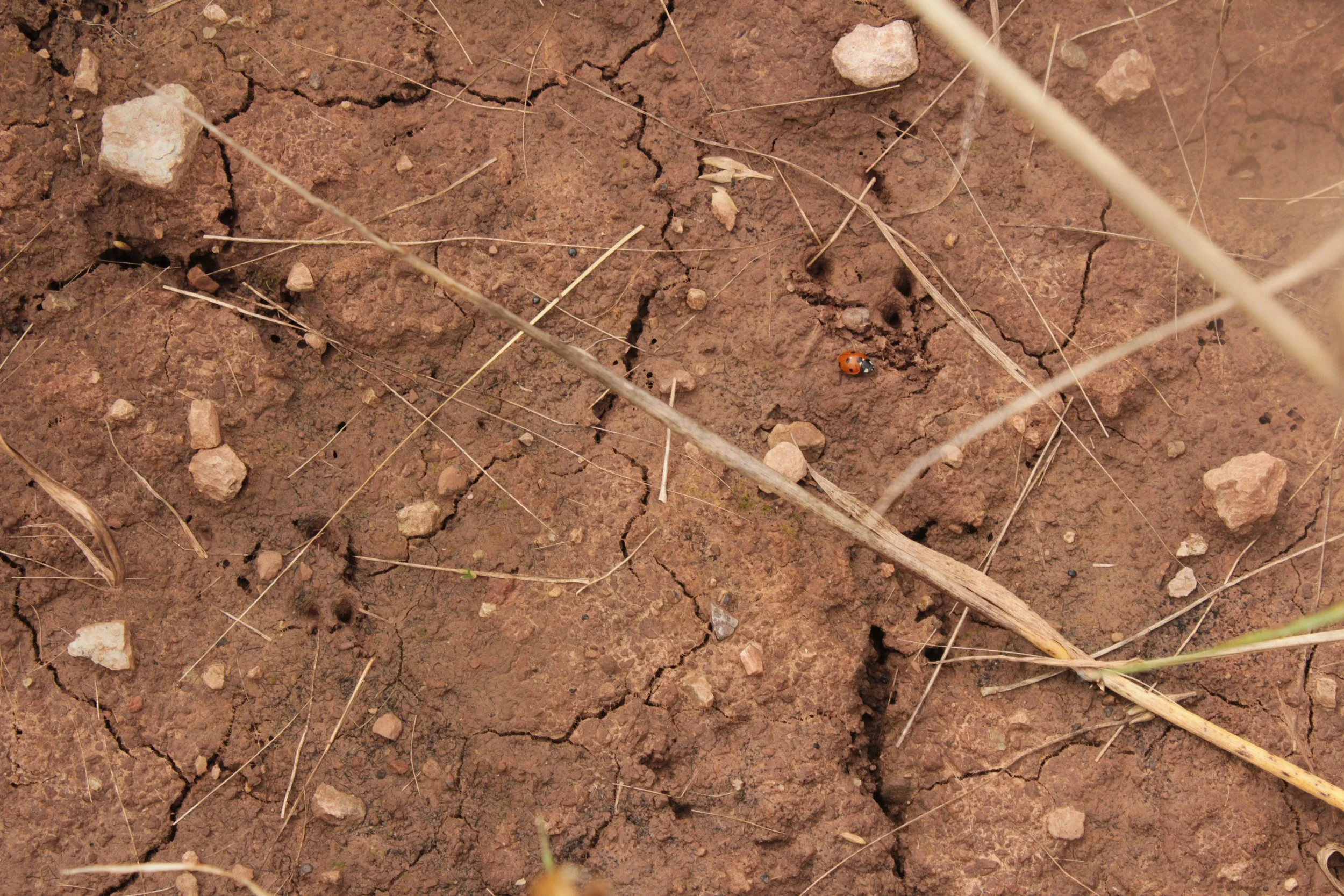Home / British mammals / Weasel
Weasel
Scientific name: Mustela nivalis
The weasel has reddish-brown fur with a cream underside all year round. Unlike the stoat, the line between these colours is undulating, and the tail does not have a black tip. Widespread in Britain, but absent from Ireland and most islands.
Taxonomy chart
Animalia - Chordata - Mammalia - Carnivora - Mustelidae - Mustela - M. nivalis
Conservation status: UK Red List
GB: Least Concern
England: Least Concern
Scotland: Least Concern
Wales: Least Concern
Global: Least Concern
Species information
Habitat: Urban & gardens, rivers and wetland, coniferous woodland, deciduous woodland, grassland, mixed woodland, arable land.
Description: Fur ginger to russet brown, cream below, undulating border between. Long slender body, short tail (and no black tip). Slightly smaller than the stoat.
Size: Males 19.4-21.7cm; females 17.3-18.3cm. Tail: males 4.2-5.2cm; females 3.4-4.3cm.
Weight: Males 106-131g, females 55-69g.
Lifespan: Only around 10% survive to over 2 years old.
Origin and distribution
Widespread throughout Britain, weasels are our smallest and probably most numerous carnivores. However, they are absent from Ireland and most off-shore islands. They are found in a wide range of habitats which include urban areas, lowland pasture, woodland, marshes and moors. Weasels are less common where their prey are scarce, such as at higher altitudes and in dense woodland with sparse ground cover.
Diet
Weasels specialise in hunting small rodents. The weasel’s small size enables it to search through tunnels and runways of mice and voles. Access to tunnels means weasels can hunt at any time of the day or year. They do not hibernate and can hunt even under deep snow. Additional prey such as birds, eggs and young rabbits may be taken, particularly if rodents are scarce.
General ecology
Dens are usually nests of former prey taken over by weasels, and may contain the remains of food from several days meals. In colder climates in the north of Europe, the nests are often lined with fur from lemming prey. A weasel’s home range usually contains several dens and resting places that are visited at intervals. Weasel home ranges vary in size according to the distribution and density of prey. Male and females live in separate territories, male ranges being larger. Resident animals of both sexes may defend exclusive territories at times when numbers are high and neighbours numerous. In spring males extend their range to seek mates.
Breeding
Usually only one litter of 4-6 young are born per season, but two litters in years when field voles are abundant. Young are weaned at 3-4 weeks and can kill efficiently at 8 weeks; in a good vole year, young females can breed at 2-3 months old. Family groups split up at 9-12 weeks.
Conservation status
Traditionally weasels have been considered enemies of gamebirds and gamekeepers have exercised intensive predator control, trapping and killing many weasels along with other carnivores. Weasels do kill some gamebird chicks, but probably very few. Weasels have no legal protection in Britain. Trapping probably has no long term effect: weasel populations are very resilient and they naturally suffer high mortality. In bad rodent years many weasels starve and few of the survivors breed. Local populations often experience extinctions. However, weasels are extremely good at recolonising abandoned areas when conditions improve.
Identification
Fur ginger to russet brown, cream underside, irregular line between the two colours. Weasel does not change colour in winter. Long slender body, short tail with no black tip. Body length of 17-22cm and tail length 3-6cm. Weasel is smaller than stoat.
Field signs: Download a printable field sign guide below.
Footprints: Weasels are carnivores and are therefore five-toed (width 1cm, length 1.3cm). They have the smallest footprints of all carnivores, their small size may be their most distinguishing feature.
Droppings: Droppings are deposited singly and often contain bits of bone and hair. They are narrow with twisty ends, as with all carnivore droppings. They are shorter and thinner than stoat droppings (3-6cm long, 0.2cm thick).
Download resources
Confusion species
Stoat (Mustela erminea)
Larger than weasel (weasel head can fit through a wedding ring, whereas an adult stoat head cannot). Stoat tail has a black tip, whereas the weasel’s tail is shorter and does not have a black tip: it is all the same colour (ginger to russet brown). Stoat has a neat straighter line between the top and underside colours (with creamy underside) whilst the weasel has an irregular wavy line between the top and underside colours (with usually more of a white underside that can have specks of colour on it. These specks would not usually be present on a stoat). Stoat may become all white in winter (ermine), but black tail tip would still remain. Weasel will never turn completely white.
Identify sounds
Heard a curious animal sound but no idea whose making it?
Wildlife identification FAQ
Still not sure what you’ve found? Head over to our FAQ for an answer.





